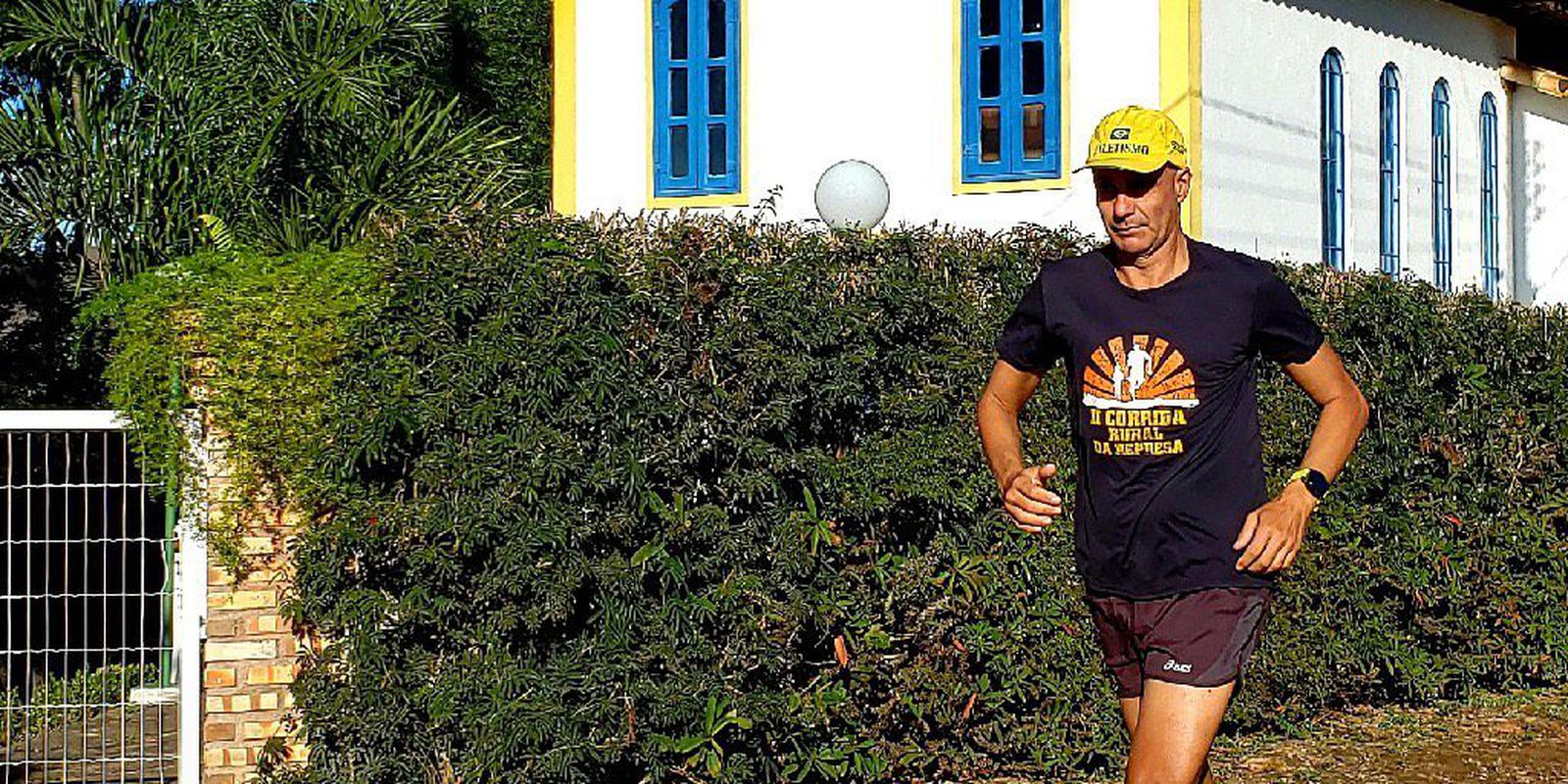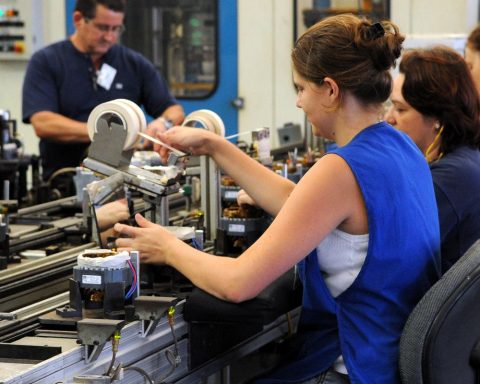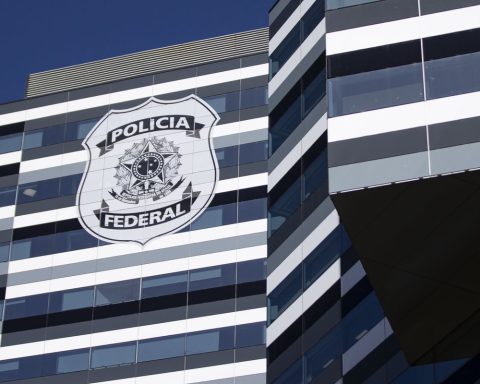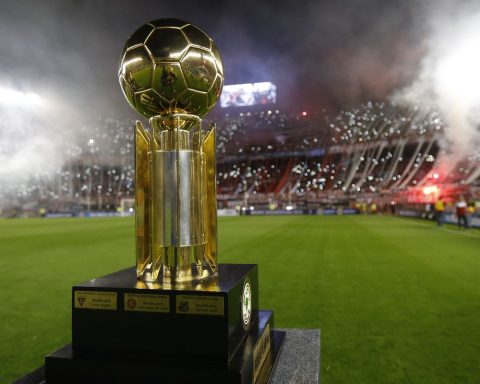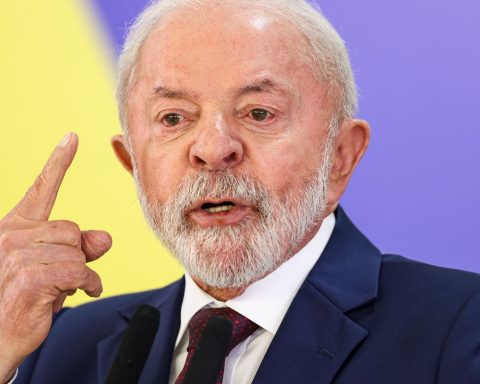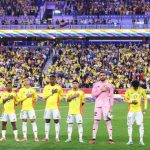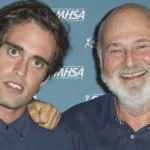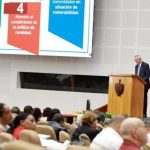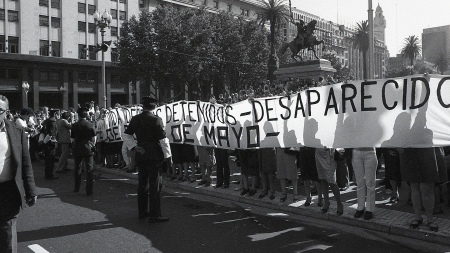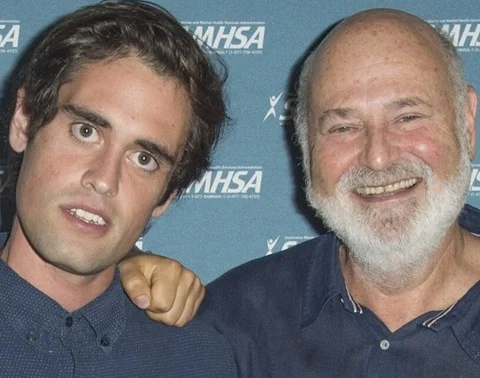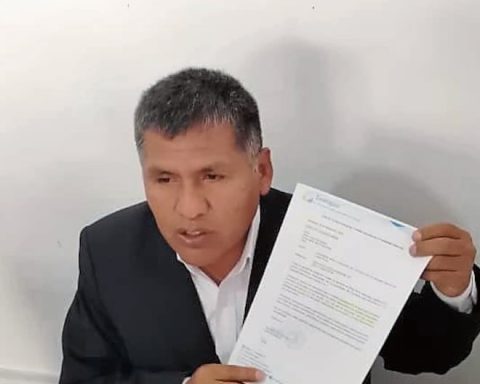The Society of Neurosurgery of Rio de Janeiro (SNRJ) held this Sunday (23) the 3rd race and walk in the fight against Cerebral Vascular Accident (CVA). Participants will start at 7:30 am, from Posto 12 in Leblon, in the south of Rio. The running route is 7 km and the walking route is 4 km. Arrival is at the same point of departure.
The event wants to draw attention to the importance of physical activity as a way to prevent stroke.
Figures from the NGO Ação AVC indicate that more than a third of all strokes occur in people who do not do regular physical activity. The recommendation for risk reduction is to do moderate exercise for 20 to 30 minutes, five times a week. The objective of the test is to lead the population to recognize the importance of physical activity as a method of preventing stroke.
According to the organization, stroke occurs suddenly at any age, sex or social class and is responsible for 6 million deaths each year and the main cause of disability.
World Day
Since 2006, World Stroke Day has been celebrated on October 29.
The Rio de Janeiro Neurology Society race is one of the activities encouraged by the World Stroke Organization (WSO) that will take place around the world until next Saturday (29) to increase knowledge of the impact of the disease on the population.
According to the Regional Nursing Council of Rio de Janeiro (Coren RJ), data from the Transparency Portal of Civil Registry Offices in Brazil indicate that, in July alone, 8,758 people died of stroke in Brazil. The number corresponds to 11 deaths per hour. In the first half of this year, there were 56,320 victims, which surpassed deaths from heart attacks (52,665) and covid-19 (48,865).
“Impressive data that reinforce the need for a strong National Campaign for prevention, clarification, taking advantage of the World Stroke Day hook to join efforts with companies, the national executive and legislature, non-governmental organizations and civil society”, pointed out the entity.
According to the Ministry of Health, stroke occurs “when vessels that carry blood to the brain clog or break, causing paralysis of the brain area that has no blood circulation. It is a disease that affects more men and is one of the main causes of death, disability and hospitalizations worldwide”.
The faster a stroke is diagnosed and treated, the greater the chances of full recovery. “In this way, it is essential to be aware of the signs and symptoms and seek immediate medical attention”.
There are two types of stroke: hemorrhagic and ischemic. Hemorrhagic occurs “in the rupture of a cerebral vessel, causing hemorrhage, which can be inside the brain tissue or on the surface between the brain and the meninges”. It accounts for 15% of all stroke cases, but can cause death more often than ischemic stroke, which occurs when an artery is blocked, preventing the passage of oxygen to brain cells, which eventually die.
“This obstruction can happen due to a thrombus (thrombosis) or an embolus (embolism). Ischemic stroke is the most common and accounts for 85% of all cases,” he said.
warning signs
Among the main body signs that help to recognize a stroke are weakness or tingling in the face, arm or leg, especially on one side of the body; mental confusion; speech or comprehension alteration; change in vision (in one or both eyes); change in balance, coordination, dizziness, or change in gait; and sudden, intense headache with no apparent cause.
If one of these symptoms appears, the ministry recommends calling the Emergency Medical Care Service (Samu – 192), the Fire Department number (193) or taking the person immediately to a hospital for a detailed clinical evaluation.
